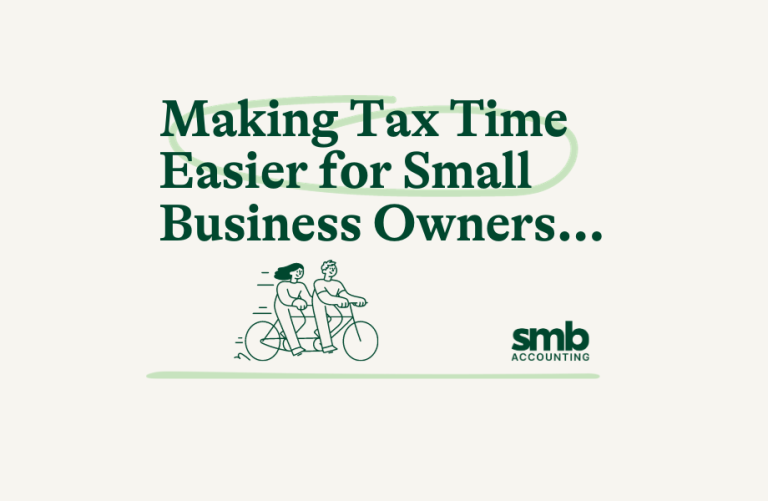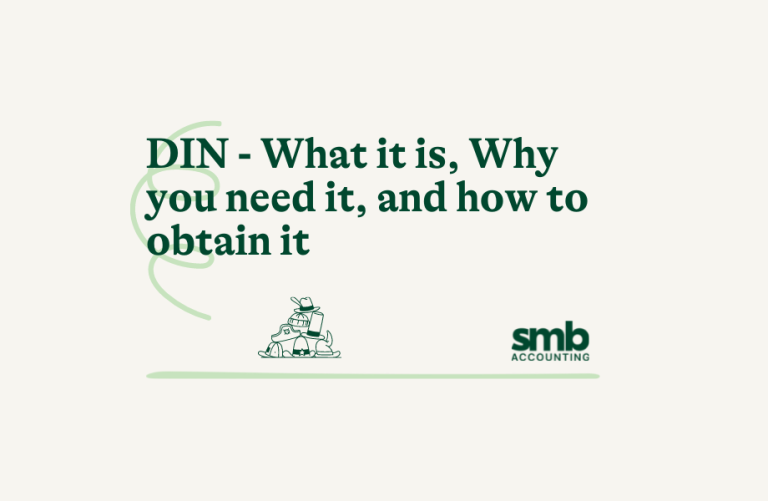General Year End Tax Planning Strategies |
Business Income and ExpensesSubject to cash flow requirements, consider deferring income until after 30 June, especially if you expect lower income for 2021/22 compared to 2020/21. Most businesses are taxed on income when it is invoiced. Some small businesses may only be taxed when income is received. Income from construction contracts is generally taxed when progress payments are invoiced or received. Ensure that you have complied with the requirements to claim deductions in 2020/21:
“The Temporary Full Expensing of Assets allows immediate deductions of assets purchased after 6 October 20 and before 30 June 22 for eligible businesses with turnover up to $5 billion.” Small businesses planning major purchases or replacement of capital equipment should contact us for advice. Careful timing of those transactions can result in substantial tax savings. Scrap any obsolete item in the asset register before 30 June. Consider delaying the sale of assets that will realise a profit on sale and bring forward any sales that will result in a loss. Review valuations of trading stock in the lead up to 30 June. The best practice is generally to value stock at the lower of cost or market selling value. These best practices should be revised if you expect a tax loss for 2020/21 or substantially higher income in 2021/22 compared to 2020/21.
Personal Income, Deductions and Tax OffsetsSubject to cash flow requirements, set term deposits to mature after 1 July, rather than before 30 June. Consider realising capital losses if you have already realised capital gains on other assets during 2020/21. Conversely, consider realising capital gains if you have unrecouped capital losses, or you expect substantially higher income in 2021/22 compared to 2020/21. If you expect lower income in 2021/22 due to retirement or any other reason, consider deferring income until after 1 July, when you will be in a lower tax bracket. If you are a primary producer and you expect a permanent reduction in income, consider withdrawing from the income averaging system. Arrange for deductible donations to be grouped in the higher income year, if you expect a substantially higher or lower income in 2021/22 compared to 2020/21. Make all donations in the name of the higher income earner. Other Tax Planning ConsiderationsContact us for advice if you have moved to or from Australia for an extended period. You may need to review your residency status for tax purposes. There are important tax consequences if you change tax residency. Trustees of trusts should ensure that all necessary documentation is completed before 30 June, especially where you intend to stream capital gains or franked distributions to specific beneficiaries or have beneficiaries who aren’t the default beneficiaries. Family discretionary trusts may need to make a family trust election if the trust has unrecouped losses or has beneficiaries whose total franking credits for the year may exceed $5,000. Be sceptical of year-end tax shelter schemes. You should not enter a scheme without advice regarding both its tax consequences and commercial viability. Single Touch PayrollThe Single Touch Payroll reporting framework is expanding from 1 July 2021 to include closely held payees. A closely held payee is one who is directly related to the entity from which they receive payments, for example:
Income Tax Changes – Small BusinessesTax RateFor the 2020/21 year, the reduced corporate tax rate has been reduced to 26%, down from 27.5%, eligibility for the reduced corporate tax rate remains unchanged and applies to base rate entity companies with an aggregated turnover of less than $50m. The lower company tax rate for base rate entities will reduce to 26% in 2020–21 and to 25% for the 2021–22 income year. Small Business Income Tax OffsetThe small business income tax offset has been increased to 13%, up from 8%. The tax offset is a 13% discount of the income tax payable on the business income received from a small business entity (other than a company) with an aggregated turnover of less than $5m, up to a maximum of $1,000 a year. Expanded access to small business concessionsFrom 1 July 2020, businesses that are not small businesses because their turnover is $10 million or more but less than $50 million can also access an immediate deduction for certain start-up expenses and for prepaid expenditure. From 1 July 2021, businesses that are not small businesses because their turnover is $10 million or more but less than $50 million can also access these small business concessions:
Temporary Full Expensing of AssetsFrom 7.30 pm AEDT on 6 October 2020 until 30 June 2022 the temporary full expensing allows: § Eligible business entities with an aggregated turnover less than $5 billion or corporate tax entities that satisfy the alternative test can immediately expense the cost of eligible new depreciating assets. § Eligible businesses with an aggregated turnover under $50 million can immediately expense the business portion of the cost of eligible second-hand assets for § Businesses with an aggregated turnover under $10 million can immediately expense the balance of a small business pool at the end of each income year in the period. Accelerated Depreciation Turnover less than $500mAn immediate deduction is available for entities with an aggregated turnover of less than $500m for assets first used or installed ready for use between 12 March 2020 until 30 June 2021, and purchased by 31 December 2020, cost less than $150,000 up from $30,000 The balance of the general small business pool is also immediately deducted if the balance is less than $150,000 on 30 June. The threshold reverts to $1,000 from 1 July 2021. Income Tax Changes – IndividualsTax RateThe key income tax bracket changes for the 2020/21 year, as a result of the federal budget, are:
Low Income Tax OffsetAustralian tax resident individuals whose income does not exceed $66,667 are entitled to the low income tax offset. The maximum low income tax offset is $700 for the 2020–21 and later income years. This has been increased from $445 as a result of the 2020–21 federal budget. Low and Middle Income Tax OffsetAustralian resident individuals whose income does not exceed $126,00 are entitled to the low and middle income tax offset. The low and middle income tax offset amount is between $255 and $1,080. Limiting Deductions for Vacant LandNew legislation limiting deductions for the costs incurred in holding vacant land applies to costs incurred on or after 1 July 2019, even if the land was held before that date. Amounts you do and do not need to include in your tax returnThere have been a range of new assistance and support payments made available to individuals in response to the natural disasters and other circumstances that have impacted us during the 2019-20 & 2020-21 financial year. There are specific requirements around reporting Disaster Recovery Payments (DRP), payments in relation to 2019-20 bushfires and some COVID-19 grants, please contact us for advice regarding these payments. General speaking, emergency assistance in the form of gifts from family and friends is not taxable. |




